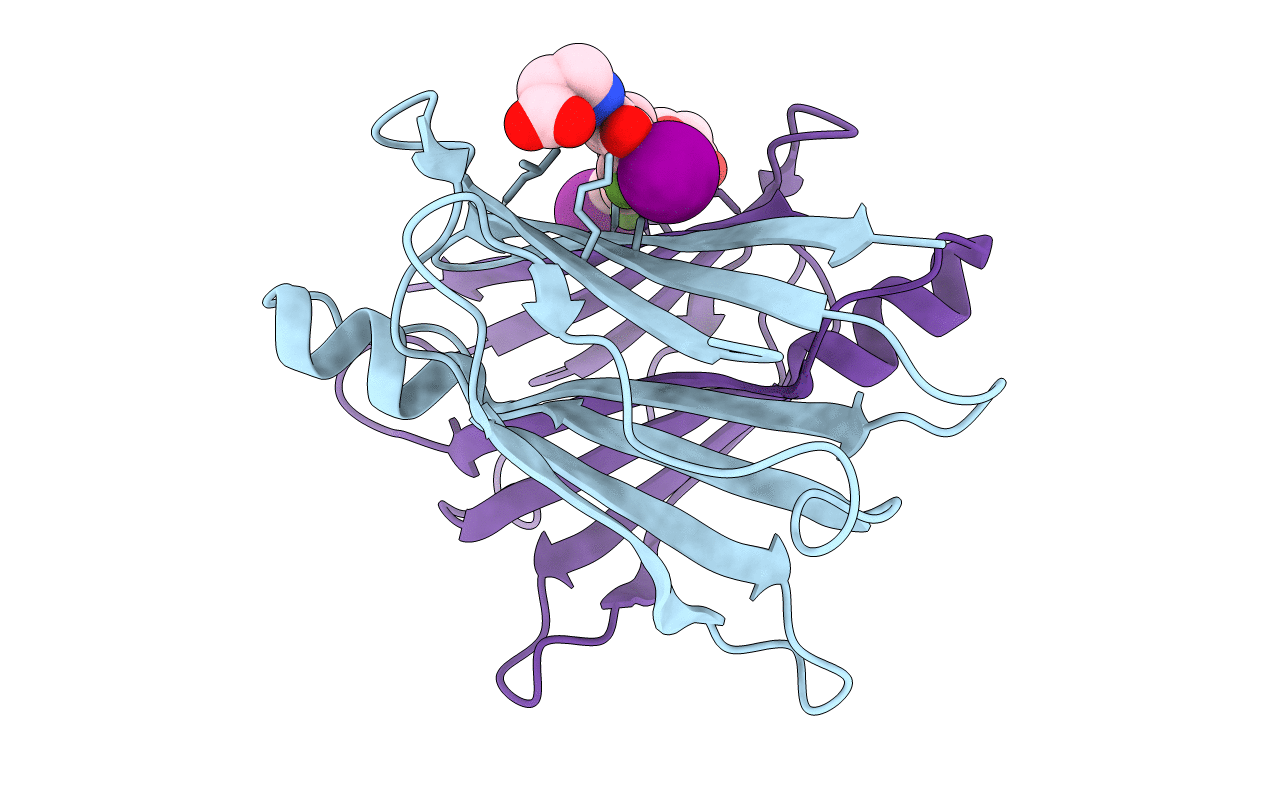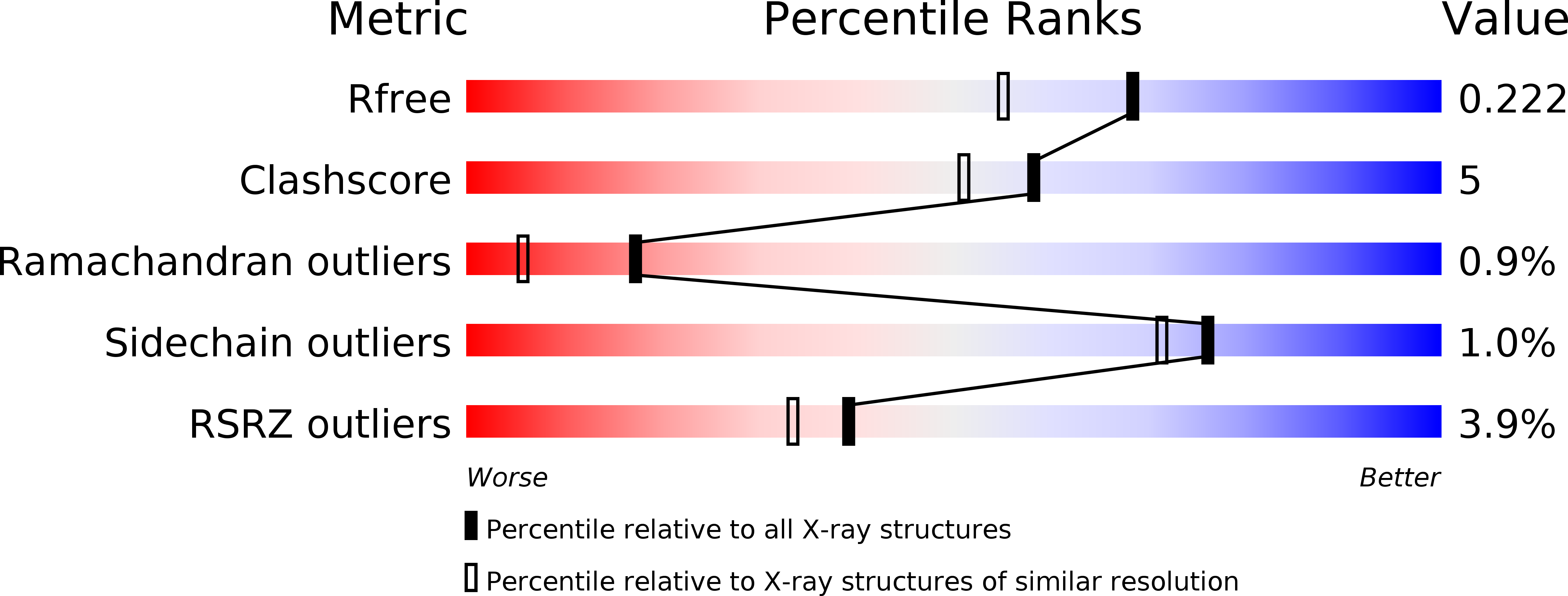
Deposition Date
2008-11-21
Release Date
2009-02-17
Last Version Date
2023-09-06
Entry Detail
PDB ID:
3FCB
Keywords:
Title:
Crystal structure of transthyretin in complex with iododiflunisal-betaAlaOH
Biological Source:
Source Organism:
Homo sapiens (Taxon ID: 9606)
Host Organism:
Method Details:
Experimental Method:
Resolution:
1.80 Å
R-Value Free:
0.22
R-Value Work:
0.19
R-Value Observed:
0.19
Space Group:
P 21 21 2


